maryville patho 611 exam 4 QUESTIONS WELL ANSWERED (2022/2023)
Document Content and Description Below
Urinary tract infection in older adults 2. Confusion and poorly localized abdominal discomfort 2. difficult diagnose due to vague symptoms Acute unilateral renal obstruction and hypertension.... 1. Reduced perfusion activates RAAS 2. Leads to constriction of peripheral arterioles kidneys receive ___________________cardiac output 20-25% or or 1000 to 1200ml per minute Most common type of renal stone Calcium oxalate Kidney stone refers pain 1. Umbilicus if high in the urethra (sensory innervation of the upper part of the ureter arising from the 10th thoracic nerve root) 2. Abdomen or groin if low in the urethra Painful bladder syndrome/interstitial cystitis (PBS/IC) 1. condition that includes non-bacterial infectious cystitis (viral, mycobacterial, chlamydial, fungal) 2. noninfectious cystitis (radiation, chemical, autoimmune, hypersensitivity) Cause of PBS/IC 1. Unknown 2. autoimmune reaction may be responsible for the inflammatory response, which includes mast cell activation, altered epithelial permeability, neuro-inflammation, increased sensory nerve sensitivity Pyelonephritis infection of one or both upper urinary tracts (ureter, renal pelvis, and kidney interstitium). Pyelonephritis: the most common underlying risk factors 1. Urinary obstruction 2. reflux of urine from the bladder (vesicoureteral reflux) 3. Pregnancy 4. neurogenic bladder 5. instrumentation: catheters, endoscopy 6. female sexual trauma Microorganisms usually associated with acute pyelonephritis 1. E. coli 2. Proteus, or 3. Pseudomonas. These microorganisms also split urea into ammonia, making alkaline urine that increases the risk of stone formation. specific diagnosis: cystitis vs pyelonephritis 1. Difficult to do by clinical manifestations alone 2. urine culture, 3. urinalysis, and 4. clinical signs and symptoms pyelonephritis UA lab finding White blood cell casts, but they are not always present in the urine. Reduced GFR during glomerular disease 1. elevated plasma urea, 2. creatinine concentration, or 3. reduced renal creatinine clearance. Acute glomerulonephritis includes renal diseases in which glomerular inflammation is caused by immune mechanisms that damage the glomerular capillary filtration membrane including the endothelium, basement membrane, and epithelium (podocytes) Acute glomerulonephritis: classic symptoms 1. sudden onset of hematuria including red blood cell casts and 2. proteinuria (milder than nephrotic syndrome), Acute glomerulonephritis: severe symptoms 1. Hematuria 2. protienuria 3. Edema 4. HTN 5. Impaired renal function Nephrotic syndrome 1. excretion of 3.0 g or more of protein (massive proteinuria) in the urine per day, 2. hypoalbuminemia (less than 3.0 g/dl), and 3. peripheral edema Nephrotic syndrome is characteristic of Glomerular injury Primary causes of nephrotic syndrome 1. minimal change disease (lipoid nephrosis), 2. membranous glomerulonephritis, and 3. focal segmental glomerulosclerosis (see Table 38-7). Secondary forms of nephrotic syndrome occur in systemic diseases including 1. diabetes mellitus, 2. amyloidosis, and 3. systemic lupus erythematosus Nephrotic syndrome also is seen with 1. certain drugs, 2. infections, malignancies, and 3. vascular disorders. Acute Kidney injury may be acute and rapidly progressive (within hours), and the process may be reversible Kidney failure can be chronic, progressing to end-stage kidney failure over a period of months or years. Renal insufficiency refers to 1. a decline in renal function to about 25% of normal 2. or a GFR of 25 to 30 ml/minute 3. Levels of serum creatinine and urea are mildly elevated Kidney injury diagnostic delays that make the implementation of early therapy very difficult, contributing to disease progression and mortality changes in serum creatinine level occur only if more than 50% of glomerular filtration is lost and are often delayed by more than 24 hours. Obesity 1. body mass index (BMI) that exceeds 30 kg/m2 2. develops when caloric intake exceeds caloric expenditure in genetically susceptible individuals Obesity is a major risk factor for morbidity, death, and high healthcare cost in the United States and worldwide Three leading causes of death in US associated with obesity: 1. cardiovascular disease, 2. type 2 diabetes mellitus, and 3. cancer. Visceral obesity 1. intra-abdominal, central, or masculine obesity 2. distribution of body fat is localized around the abdomen and upper body, resulting in an apple shape Visceral obesity is associated with 1. accelerated lipolysis 2. an increased risk for inflammation, 3. metabolic syndrome (hypertriglyceridemia, reduced high-density lipoprotein, 4. increased low-density lipoproteins, 5. hypertension, and insulin resistance), 6. type 2 diabetes mellitus, 7. cardiovascular complications, and 8. cancer. Peripheral obesity 1. gluteal-femoral, feminine, or subcutaneous obesity 2. occurs when the distribution of body fat is extraperitoneal and distributed around the thighs and buttocks and through the muscle, resulting in a pear shape 3. it is more common in women Peripheral and subcutaneous fat is 1. less metabolically active and 2. less lipolytic and 3. releases fewer adipocytokines (particularly adiponectin) than visceral fat. 4. Risk factors are still present but they are less severe Gastroesophageal reflux disease (GERD) reflux of acid and pepsin from the stomach to the esophagus that causes esophagitis Risk factors for GERD 1. obesity, 2. hiatal hernia, and 3. drugs or chemicals that relax the LES (anticholinergics, nitrates, calcium channel blockers, nicotine). GERD may be a trigger asthma or chronic cough Clinical manifestations of reflux esophagitis 1. heartburn from acid regurgitation, 2. chronic cough, asthma attacks, and 3. laryngitis 4. Upper abdominal pain usually occurs within 1 hour of eating and can be relapsing and [Show More]
Last updated: 2 years ago
Preview 1 out of 29 pages

Buy this document to get the full access instantly
Instant Download Access after purchase
Buy NowInstant download
We Accept:

Reviews( 0 )
$13.00
Can't find what you want? Try our AI powered Search
Document information
Connected school, study & course
About the document
Uploaded On
Nov 15, 2022
Number of pages
29
Written in
Additional information
This document has been written for:
Uploaded
Nov 15, 2022
Downloads
0
Views
50

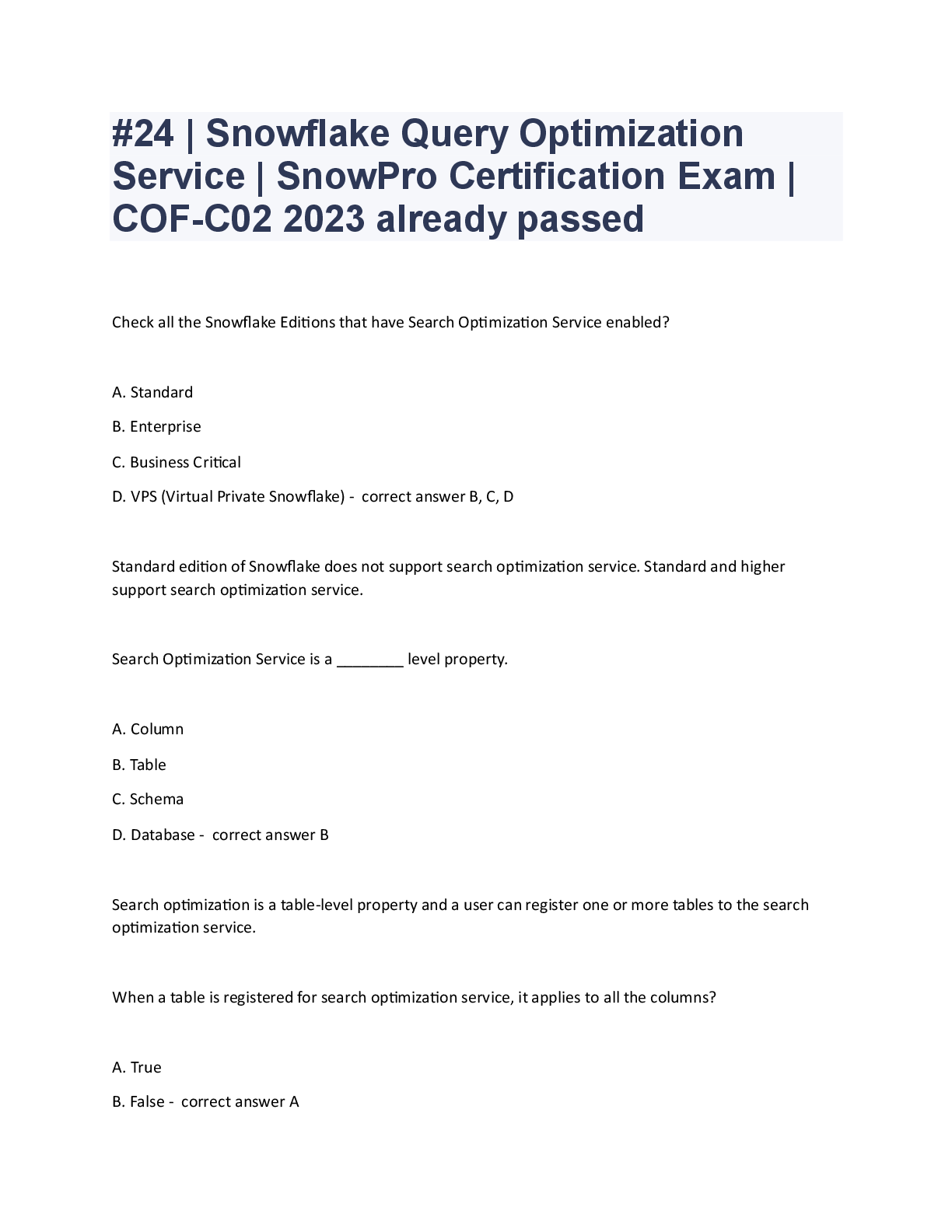

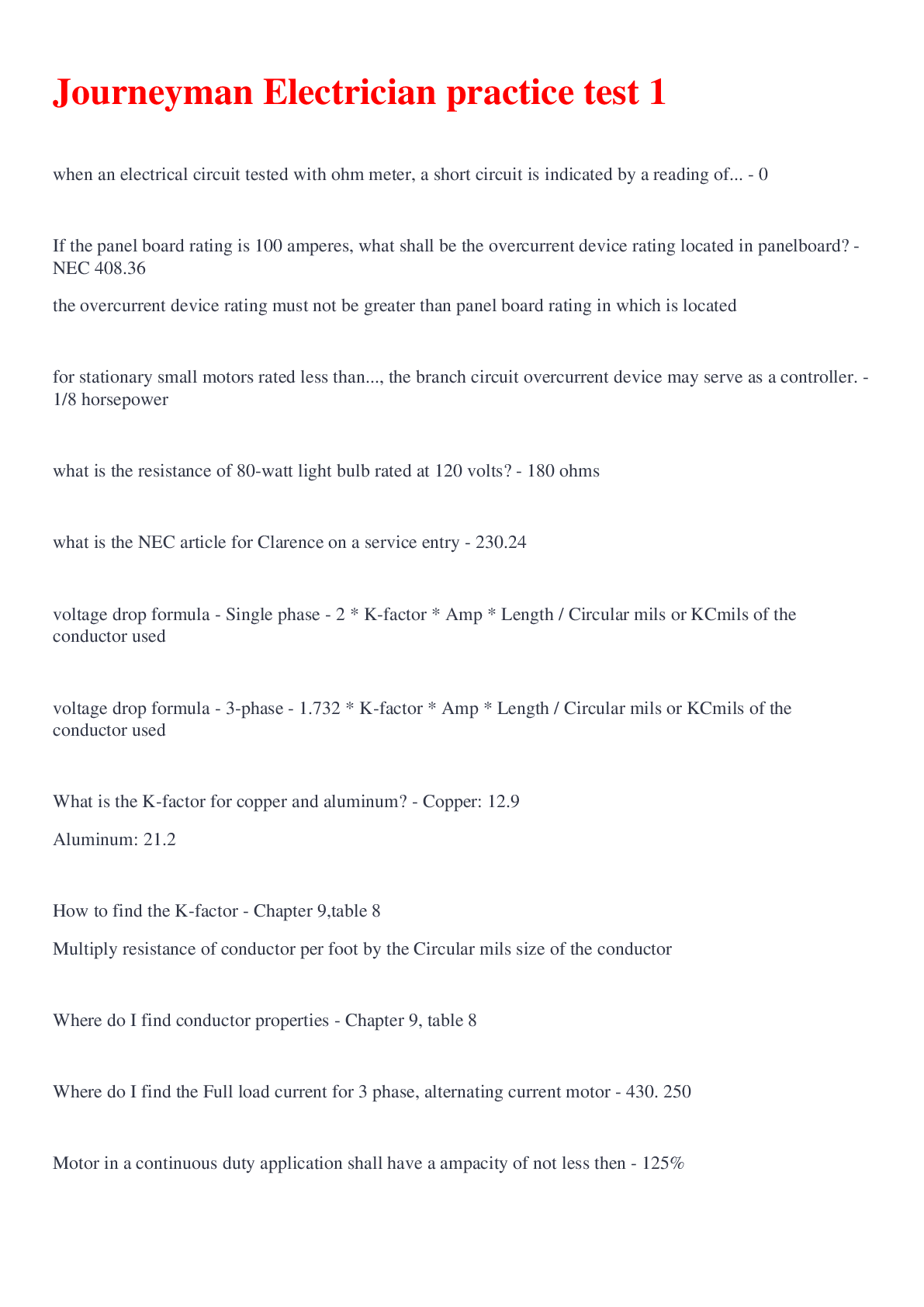

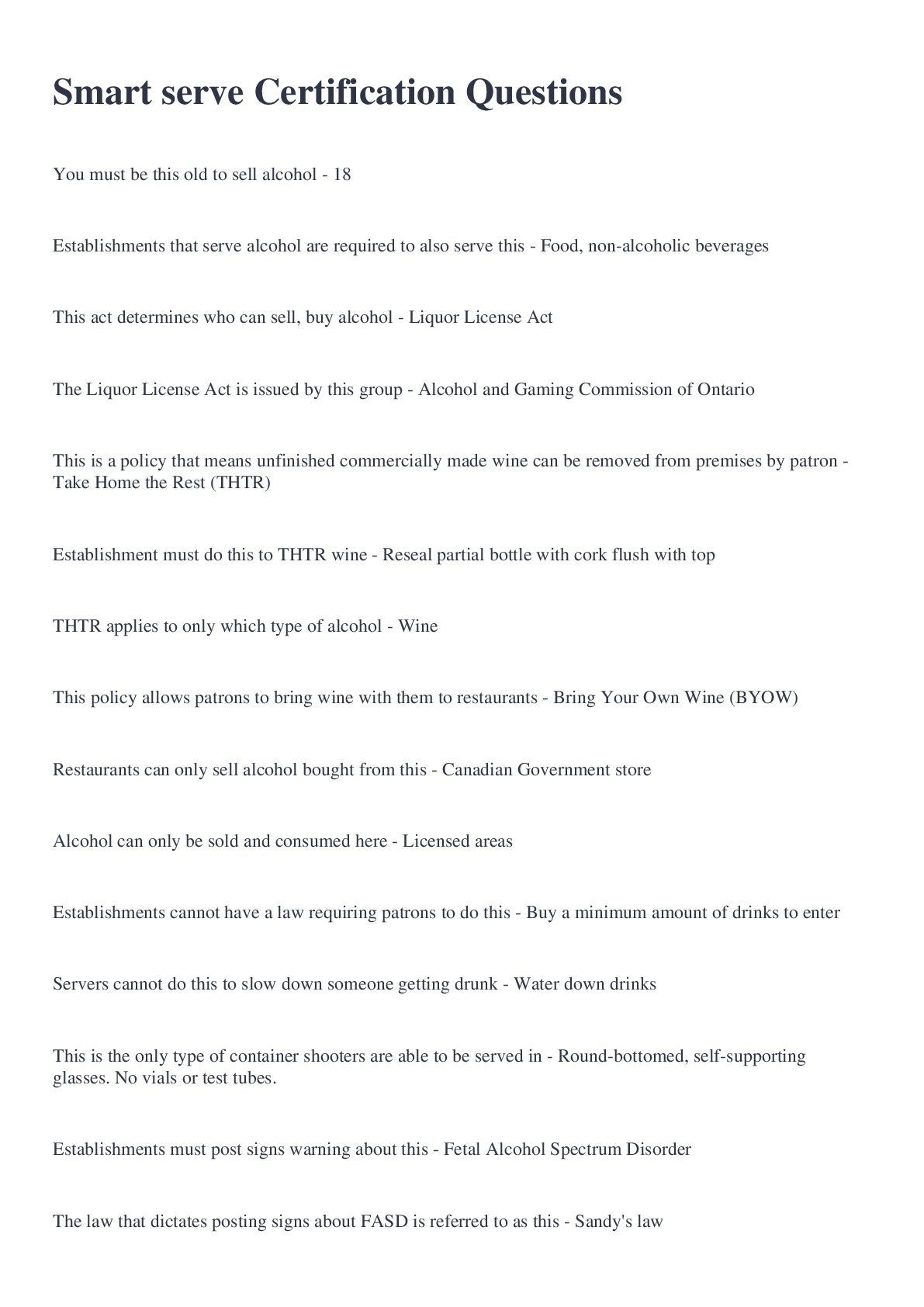
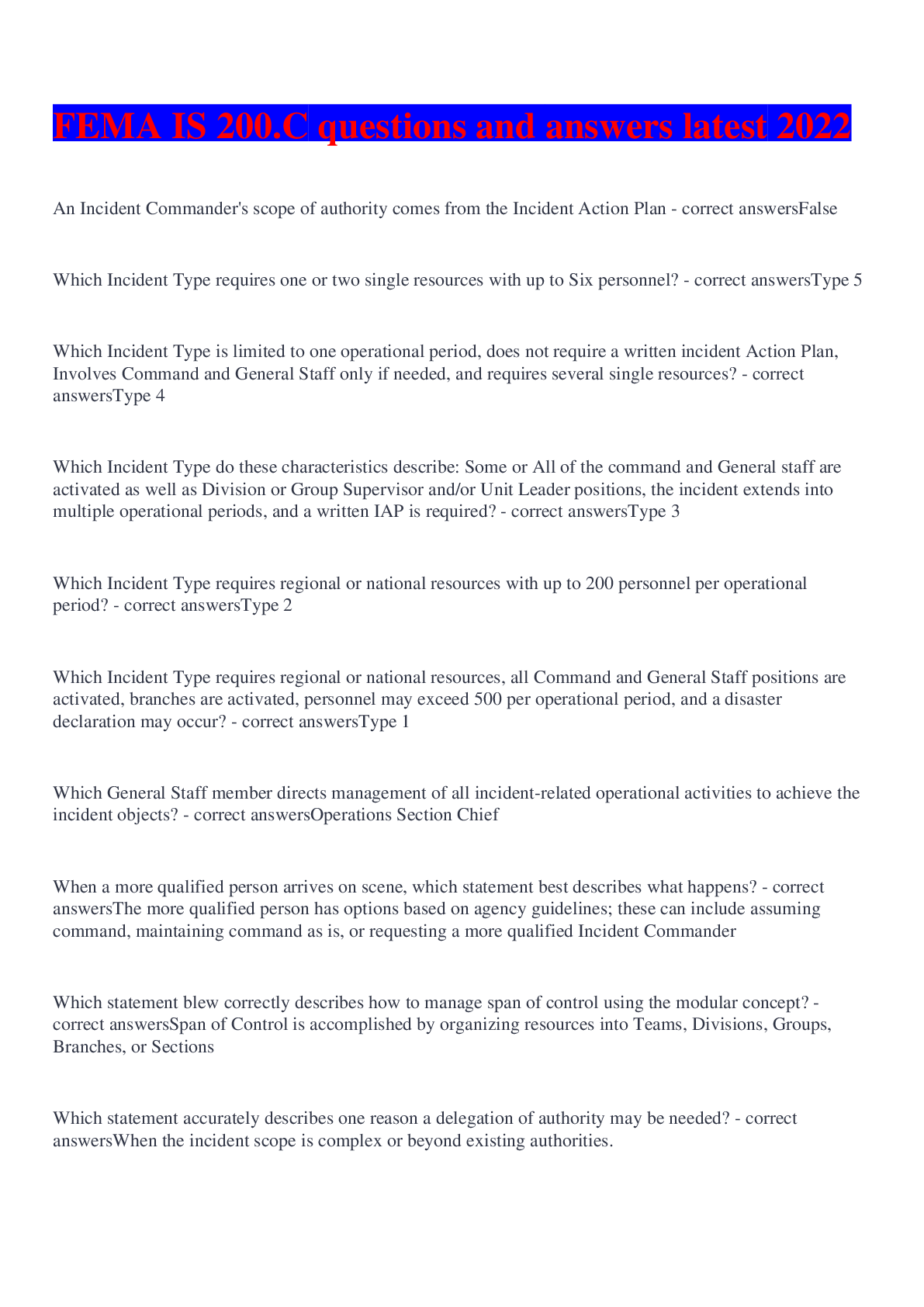
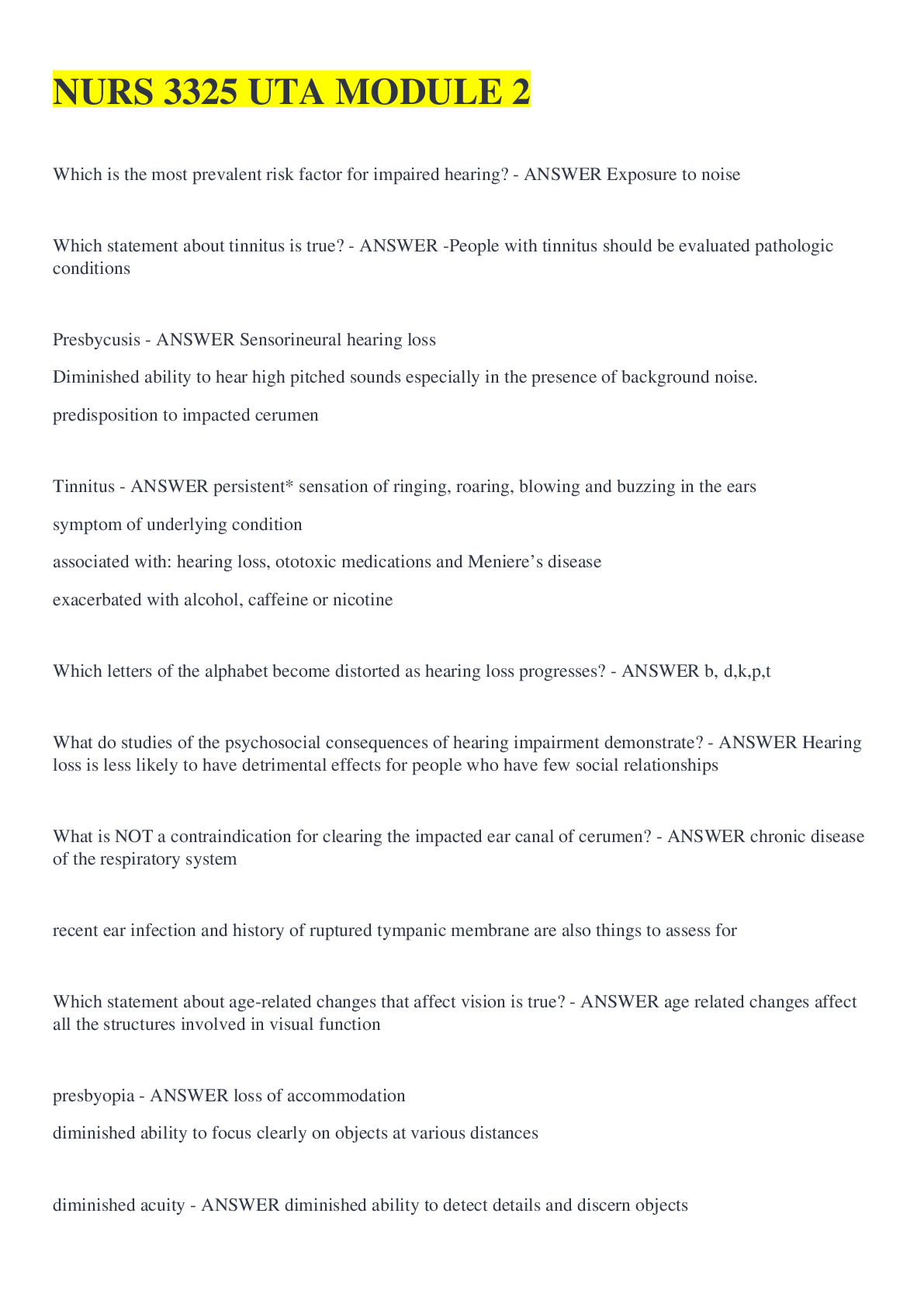
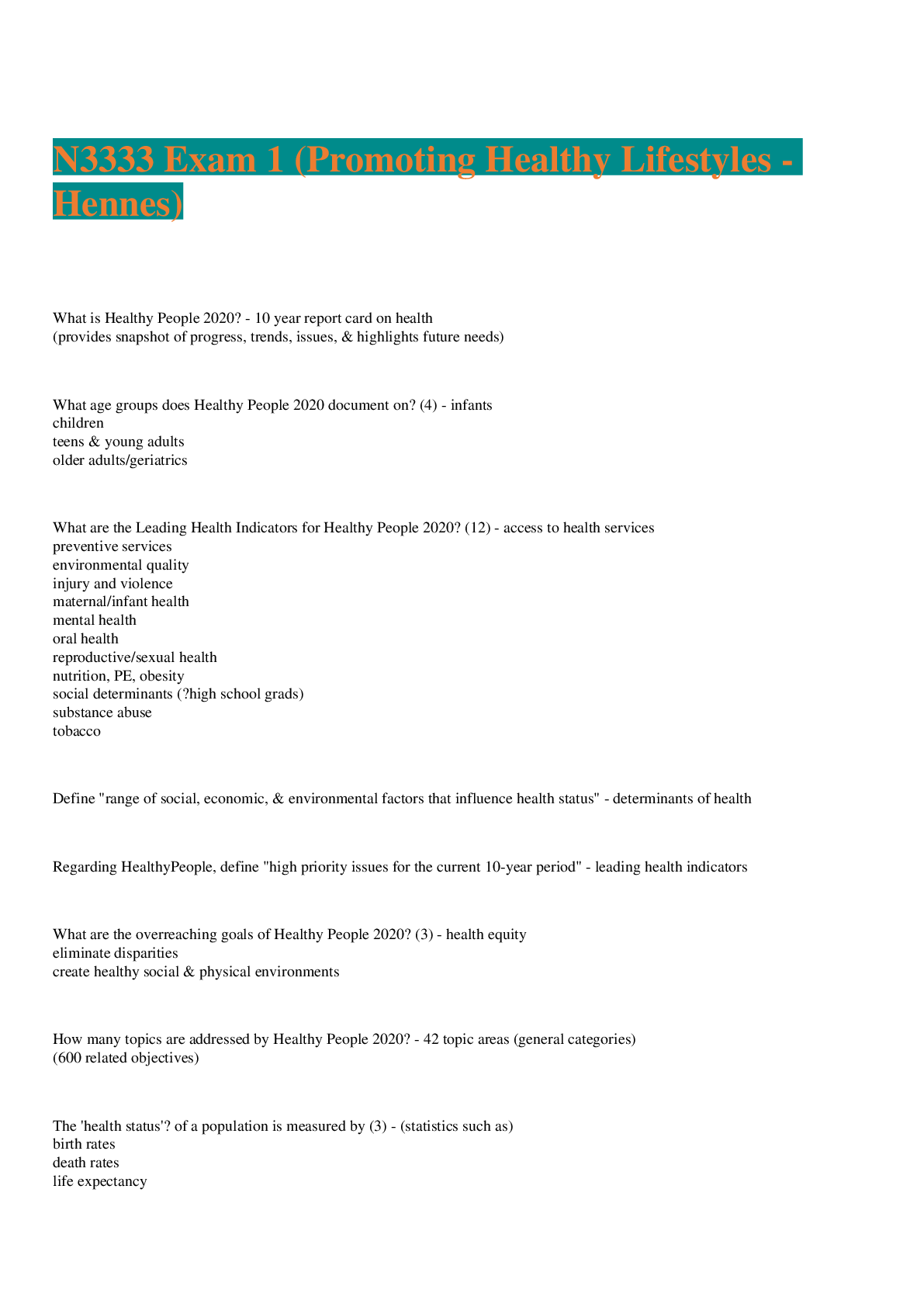
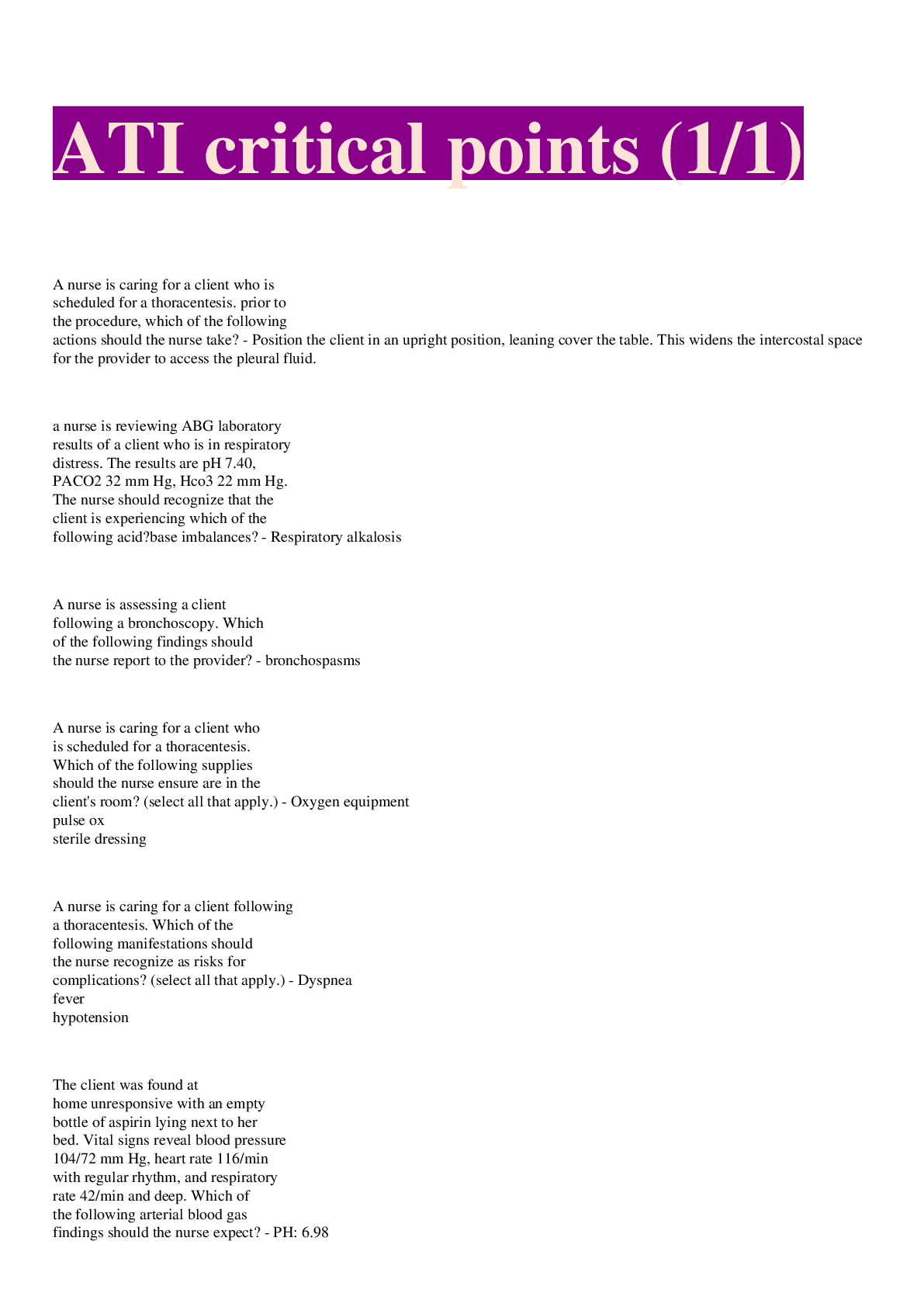
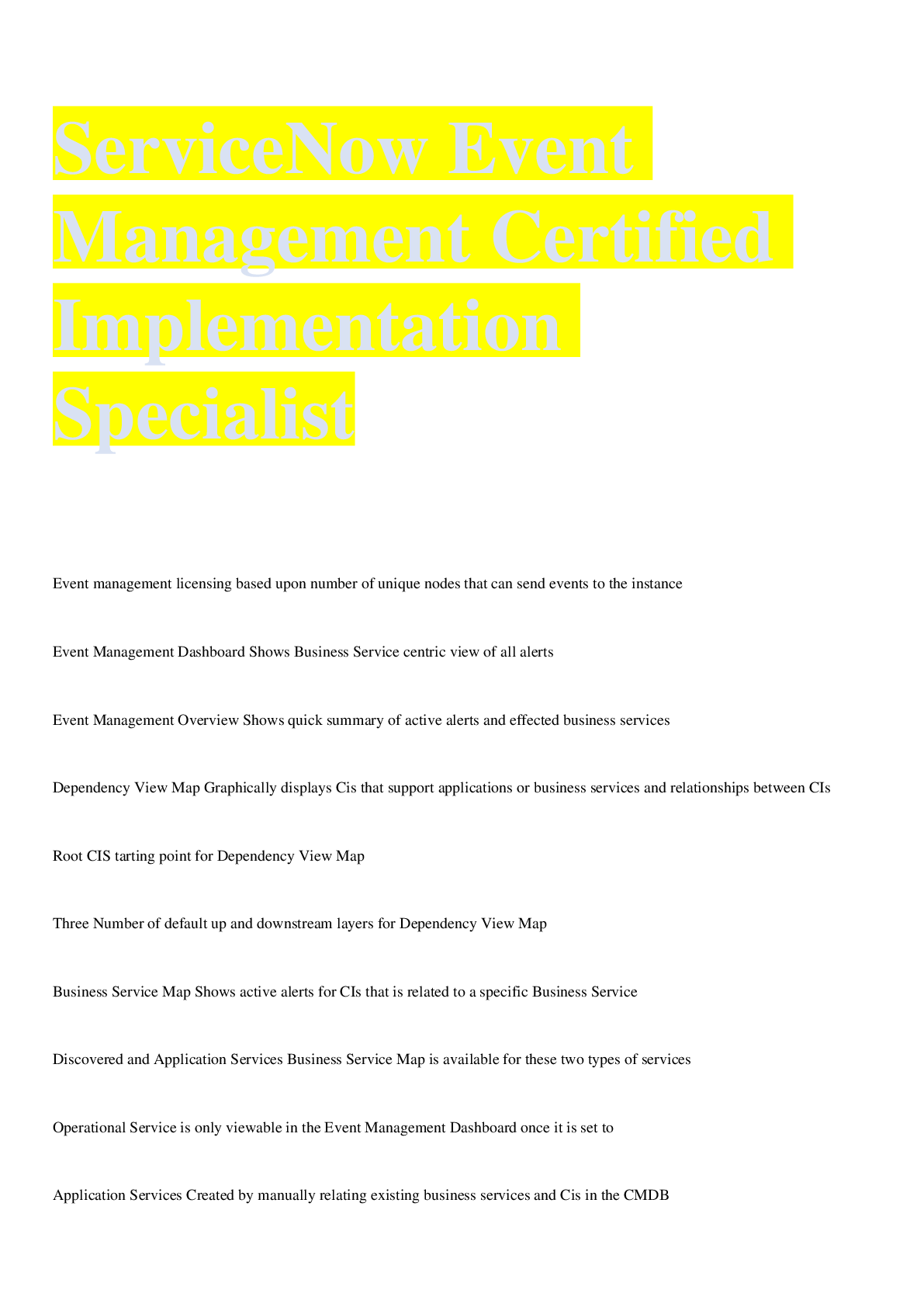
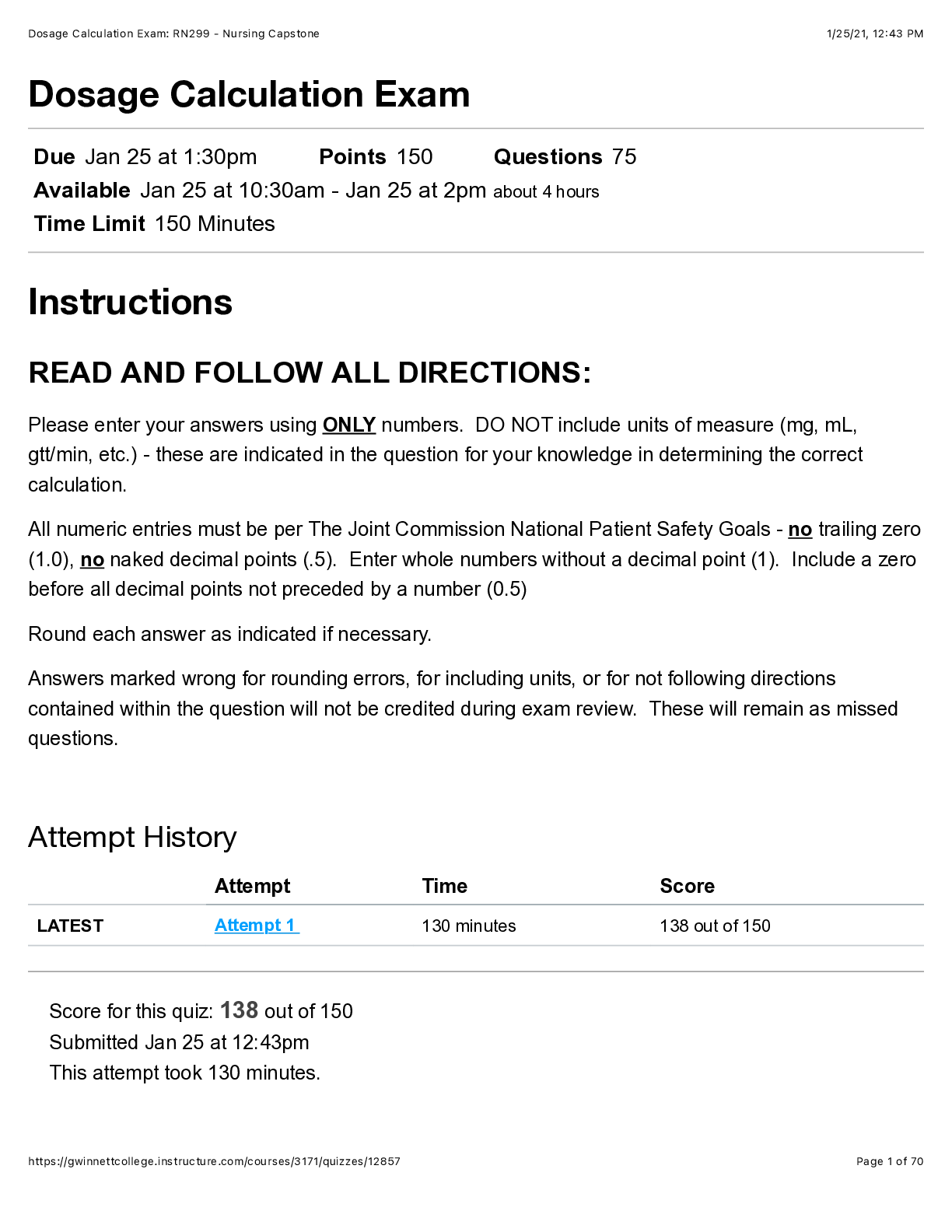
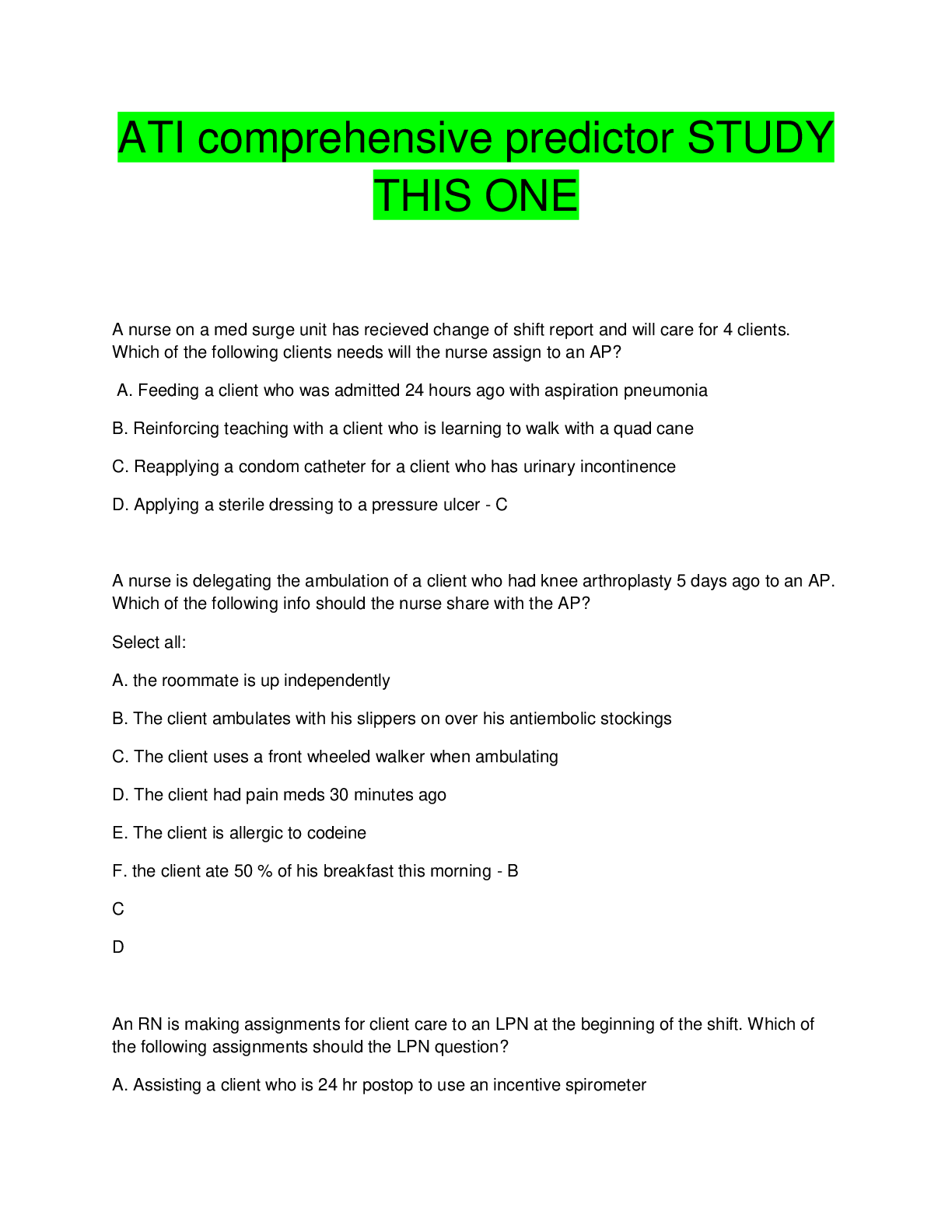







.png)





